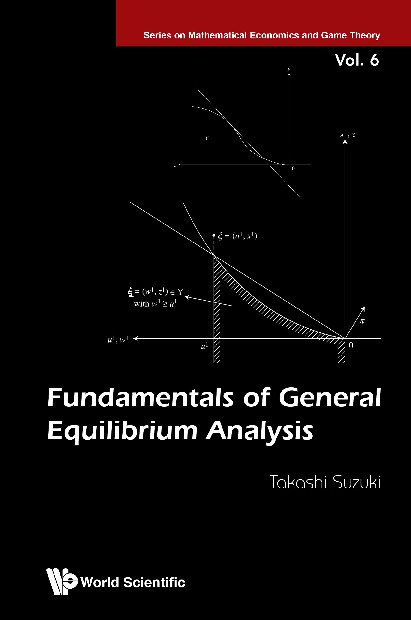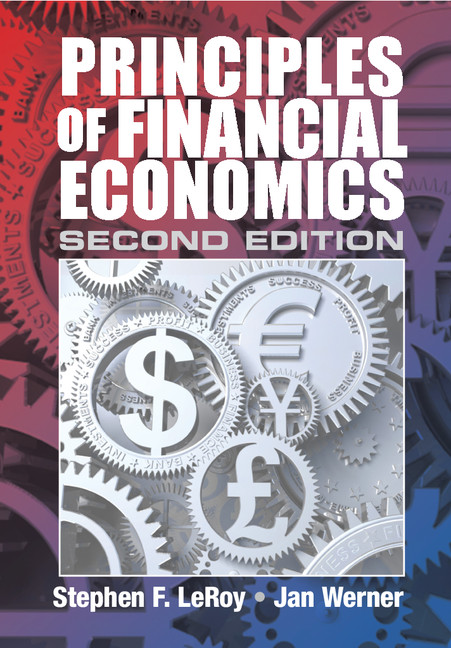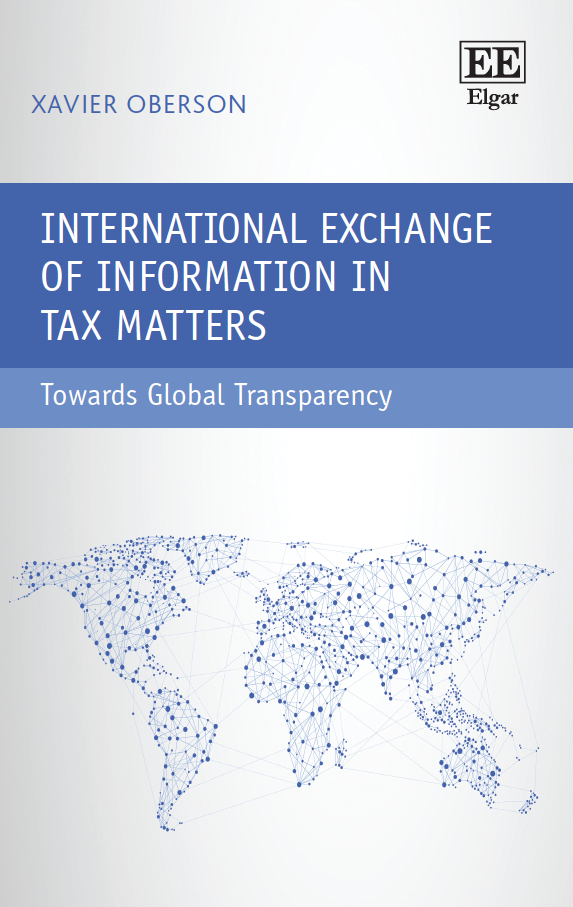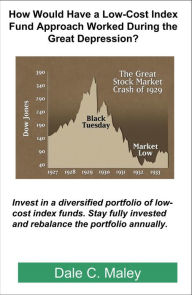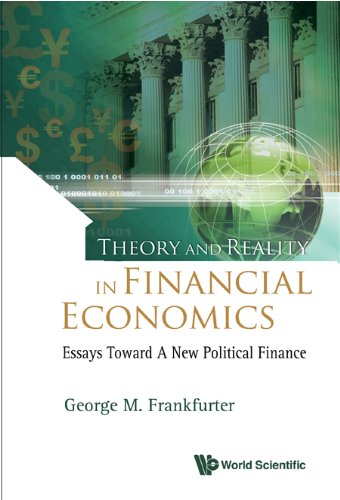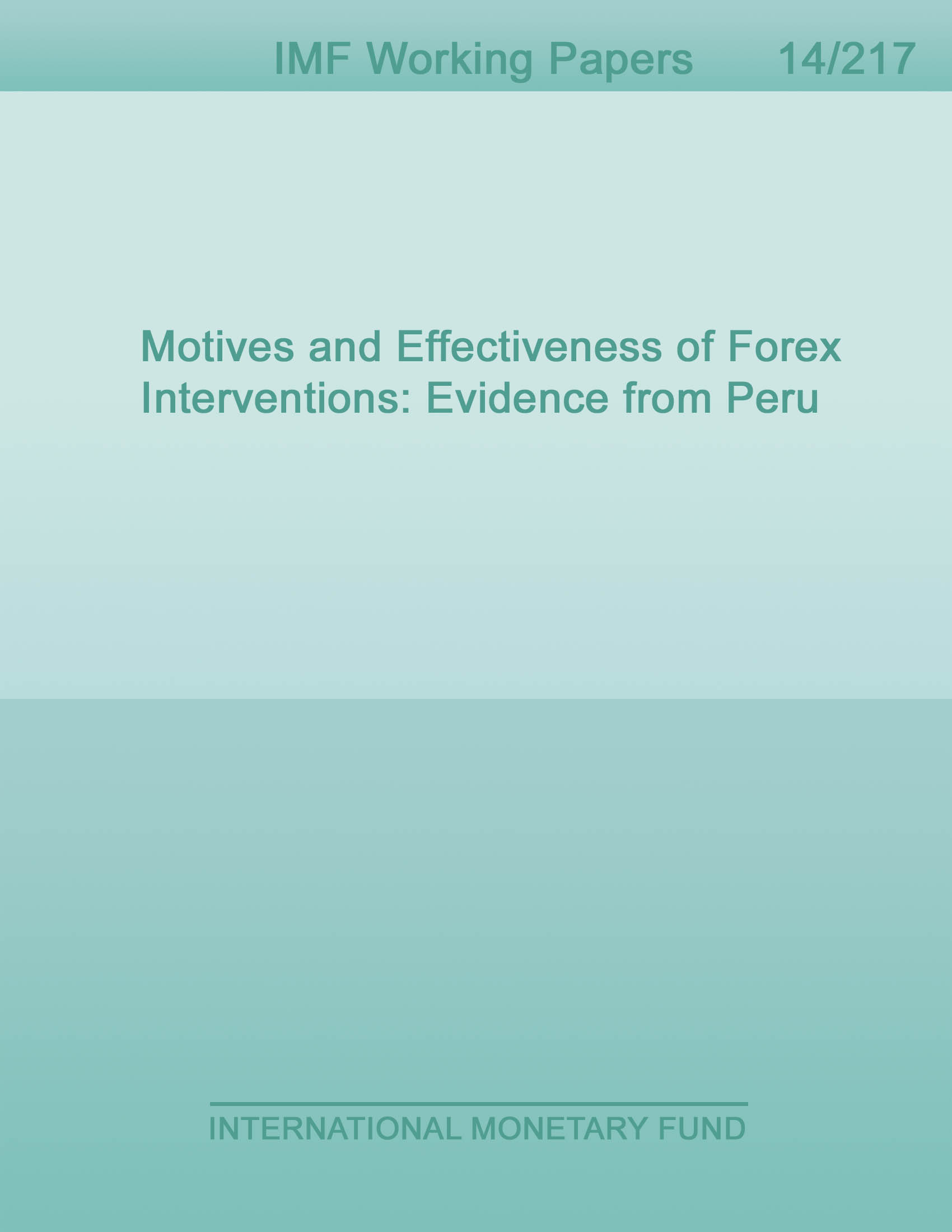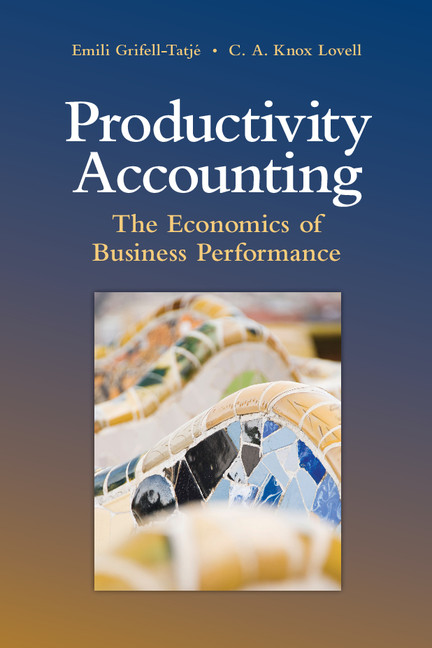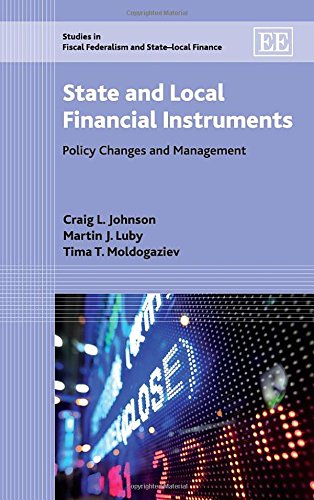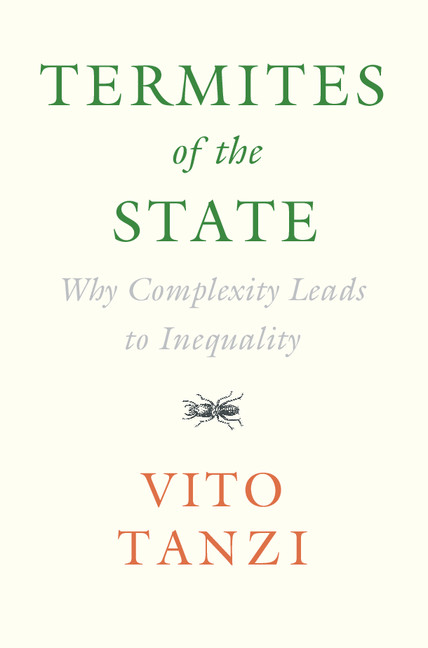Fundamentals Of General Equilibrium Analysis
by Takashi Suzuki
2020-09-18 06:07:12
Fundamentals Of General Equilibrium Analysis
by Takashi Suzuki
2020-09-18 06:07:12
The aim of this book is to incorporate Marshallian ideas such as external increasing returns and monopolistic competitions into the general equilibrium framework of Walrasian tradition. New chapters and sections have been added to this revised and ex...
Read more
The aim of this book is to incorporate Marshallian ideas such as external increasing returns and monopolistic competitions into the general equilibrium framework of Walrasian tradition. New chapters and sections have been added to this revised and expanded edition of General Equilibrium Analysis of Production and Increasing Returns (World Scientific, 2009).The new material includes a presentation of equilibrium existence and core equivalence theorems for an infinite horizon economy with a measure space of consumers. These results are currently the focus of extensive studies by mathematical theorists, and are obtained by an application of an advanced mathematical concept called saturated (super-atomless) measure space.The second major change is the inclusion of a simple toy model of a liberal society which implements the difference principle proposed by J Rawls as a principle of distributive justice. This new section opens up a possibility to connect theoretical economics and political philosophy.Thirdly, the author presents the marginal cost pricing equilibrium and discusses welfare properties of the external increasing returns, which also belong to Marshall/ Pigou tradition of the Cambridge school.Finally, a new mathematical appendix treats basics of singular homology theory. Although the fixed point theorem is originally a theorem of algebraic topology, most economic students know its proof only in the context of the differentiable manifold theory presented by J Milnor. Considering the significance of the fixed point theorem and its playing a key role in general equilibrium theory, the purpose of this new appendix is to provide readers with the idea of a proof of Brower''s fixed point theorem from the ''right place''.This volume will be helpful for graduate students and researchers of mathematical economics, game theory, and microeconomics.
Less


